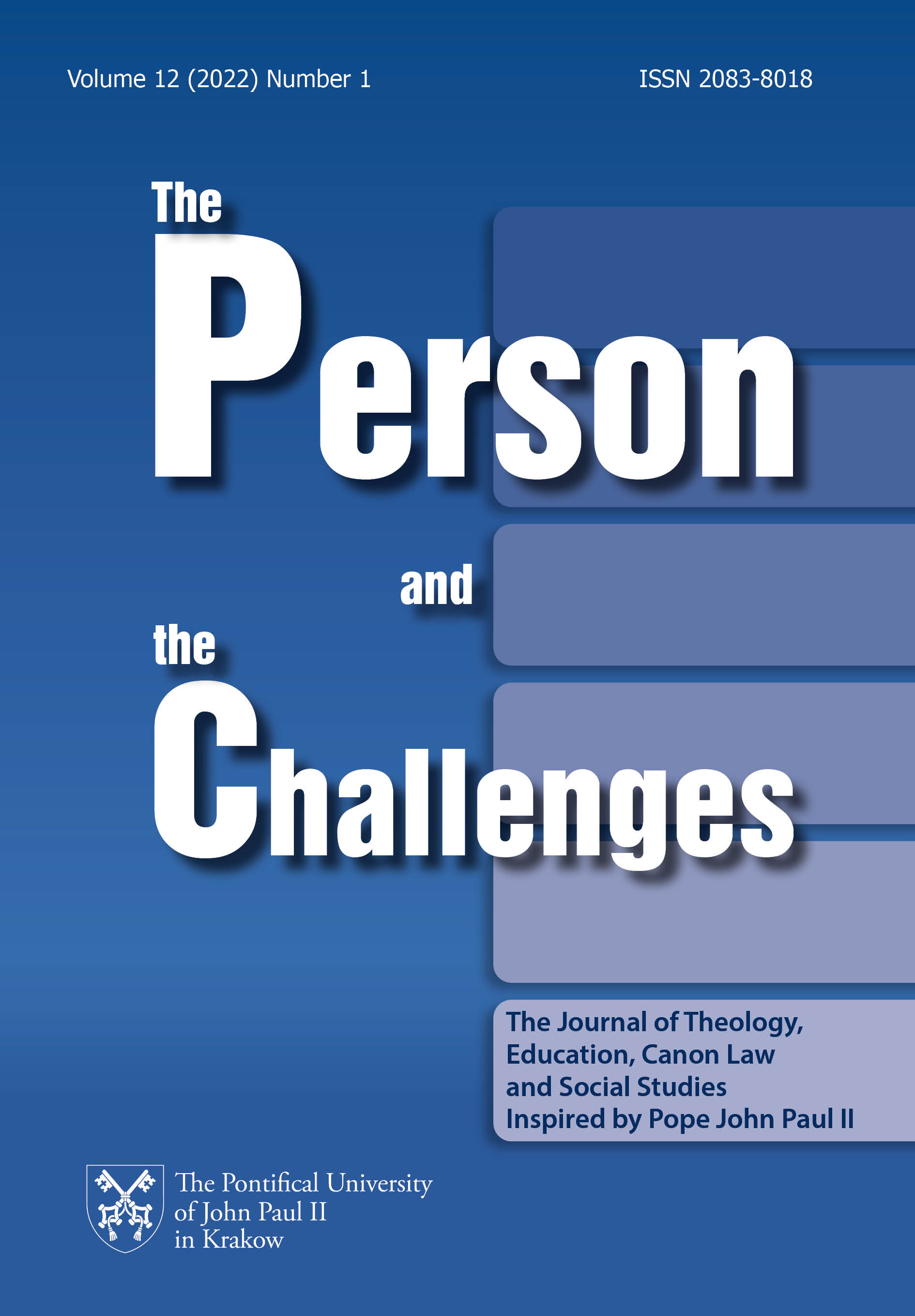Child Sexual Abuse Crisis in the Irish Church 1996–2021: Guidelines and Canonical Response
DOI:
https://doi.org/10.15633/pch.4234Słowa kluczowe:
Irish Church, child sexual abuse, canon law, Sacramentorum sanctitatis tutela, Normae de gravioribus delictis, recognitio, child protection, child safeguardingAbstrakt
When the sexual abuse crisis exploded in the Irish Church, the canonical expertise, experience and the administrative processes for dealing with and managing complaints and suspicions of child sexual abuse by clergy were simply not fit for purpose. Addressing the crisis in the Irish Church required not only a canonical but a multidimensional response involving pastoral supports to victims and other parties, preventative measures, education, guidelines, policies, procedures, training and monitoring. Four sets of guidelines (1996, 2005, 2008, 2016) document the Irish Church’s increasingly robust efforts to address this crisis supplemented by the clearer universal norms issued by the Holy See. The article highlights some of the significant developments in the guidelines and canonical legislation: the paramountcy principle; the issue of recognitio and the binding authority of these guidelines. The nature and value of guidelines is that it they can never be completely definitive, and are continually evolving to reflect changes in the statutory context, best practice, in canon law or otherwise as these arise.
Bibliografia
Irish Catholic Bishops’ Advisory Committee on Child Sexual Abuse, Child Sexual Abuse: Framework for a Church Response, Dublin 1996, Veritas Publications.
The Irish Bishops’ Conference, The Conference of Religious Ireland, The Irish Missionary Union, Our Children, Our Church: Child Protection and Procedures for the Catholic Church in Ireland, Dublin 2005, Veritas Publications.
National Board for Safeguarding Children, Safeguarding Children: Standards and Guidance Document for the Catholic Church in Ireland (2008), https://www.safeguarding.ie/images/Article_Images/Standards-and-Guidance8.pdf (31.8.2021).
National Board for Safeguarding Children, Safeguarding Children: Policy and Guidance Document for the Catholic Church in Ireland (2016), https://www.safeguarding.ie/policy-guidance/view-all-the-guidance (31.8.2021).
Keenan M., Child Sexual Abuse and the Catholic Church, New York 2011, Oxford University Press.
Miller V., Child Sexual Abuse Inquiries and the Catholic Church: Reassessing the Evidence, Firenze 2021, Firenze University Press (forthcoming).
Poland J., Guidelines Produced in Response to the CDF’s Circular Letter 2011 of 3 May 2011 Complementary to Art. 6 §§ 1–2 of the 2010 Normae De Gravioribus Delicitis: A Canonical Analysis in Light of the Work of the CDF, Roma 2021, Pontificia Universita Gregoriana.
O’Reilly J.T. and Chalmers M., The Clergy Sexual Abuse Crisis and the Legal Responses, New York 2014, Oxford University Press.
Connolly P., Priest and Bishop – Implications of the Abuse Crisis, “The Furrow” 57 (2006).
Connolly P., Conway E., Duffy E., Lyons E., Accused but Innocent – What Should a Priest Do?, “The Furrow” 57 (2006).
Cosgrove B., Clerical Sex Abuse in the Church, “The Furrow” 57 (2006).
Mullaney M., Balancing Rights and Responsibilities in Our Children, Our Church, “The Furrow” 57 (2006).
Quinn D., The Church’s Child Sex Abuse Crisis in Retrospect, “Studies” 102 (2013).
Pobrania
Opublikowane
Numer
Dział
Licencja
Autorzy publikujący w czasopiśmie udzielają jego wydawcy zgody o następującej treści:
- Autor zachowuje autorskie prawa majątkowe do utworu, a jednocześnie udziela wydawcy czasopisma zgody na jego pierwszą publikację w wersji drukowanej i wersji online na licencji Creative Commons Uznanie autorstwa 4.0 Międzynarodowe oraz zgody na wykonywanie opracowań, w tym przekładów.
- Autor ma możliwość udzielania zgody niewyłącznej na opublikowanie utworu w wersji, która ukazała się w czasopiśmie (np. zamieszczenia go w repozytorium instytucjonalnym lub opublikowania w książce), wraz z informacją o jego pierwszej publikacji w czasopiśmie.
- Autor może umieścić swój utwór online (np. w repozytorium instytucjonalnym lub na swojej stronie internetowej) jeszcze przed zgłoszeniem utworu do czasopisma.

